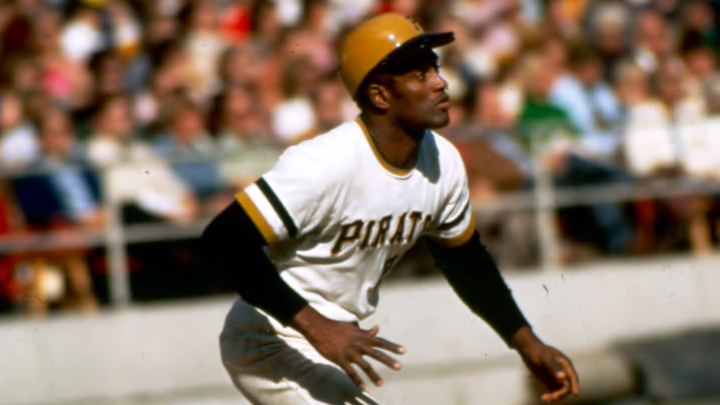
Number Nine
Max Carey (1961)
Max Carey was an outfielder for the Pittsburgh Pirates from his debut in 1910 through the 1926 season. He was signed in August of 1910 out of the Central League. Carey isn’t just one of the best outfielders in Pirates history, but he is also one of the best base stealers in the history of all of Major League Baseball.
Carey was a career .285/.361/.386 batter, making him slightly above average in the eyes of OPS+, clocking in at 108. Carey played in parts of 20 MLB seasons, helping him rack up 2665 total hits. He is also just one of 122 players all-time with over 1000 walks as he drew 1040 base on balls, leading the league twice.
But Carey was a menace on the basepaths. He led the league in stolen bases in half of his MLB seasons. He finished up his career with 738 total steals. That is the ninth most stolen bases of all time and makes him one of ten players in the 700 stolen base club. Carey used that speed to cover a ton of ground in the outfield. He had a career +2.77 range factor, significantly higher than the average of +2.30 throughout his career.
Carey had a lot of hits, even more stolen bases, and was a great defender. But overall, as a batter, he was only slightly above average. He clocked in at +55.6 bWAR to end his career. That makes him a productive member of baseball history. Carey was elected via the VC in 1961.
